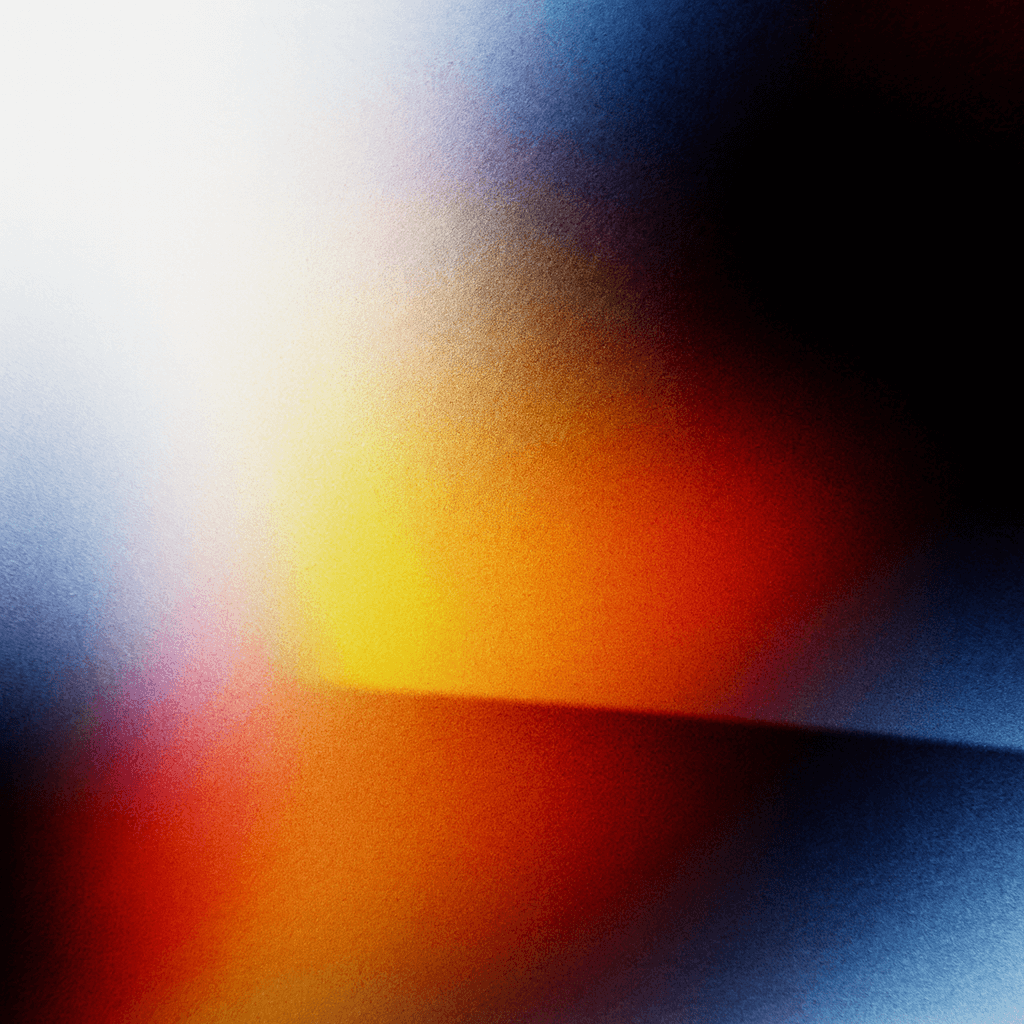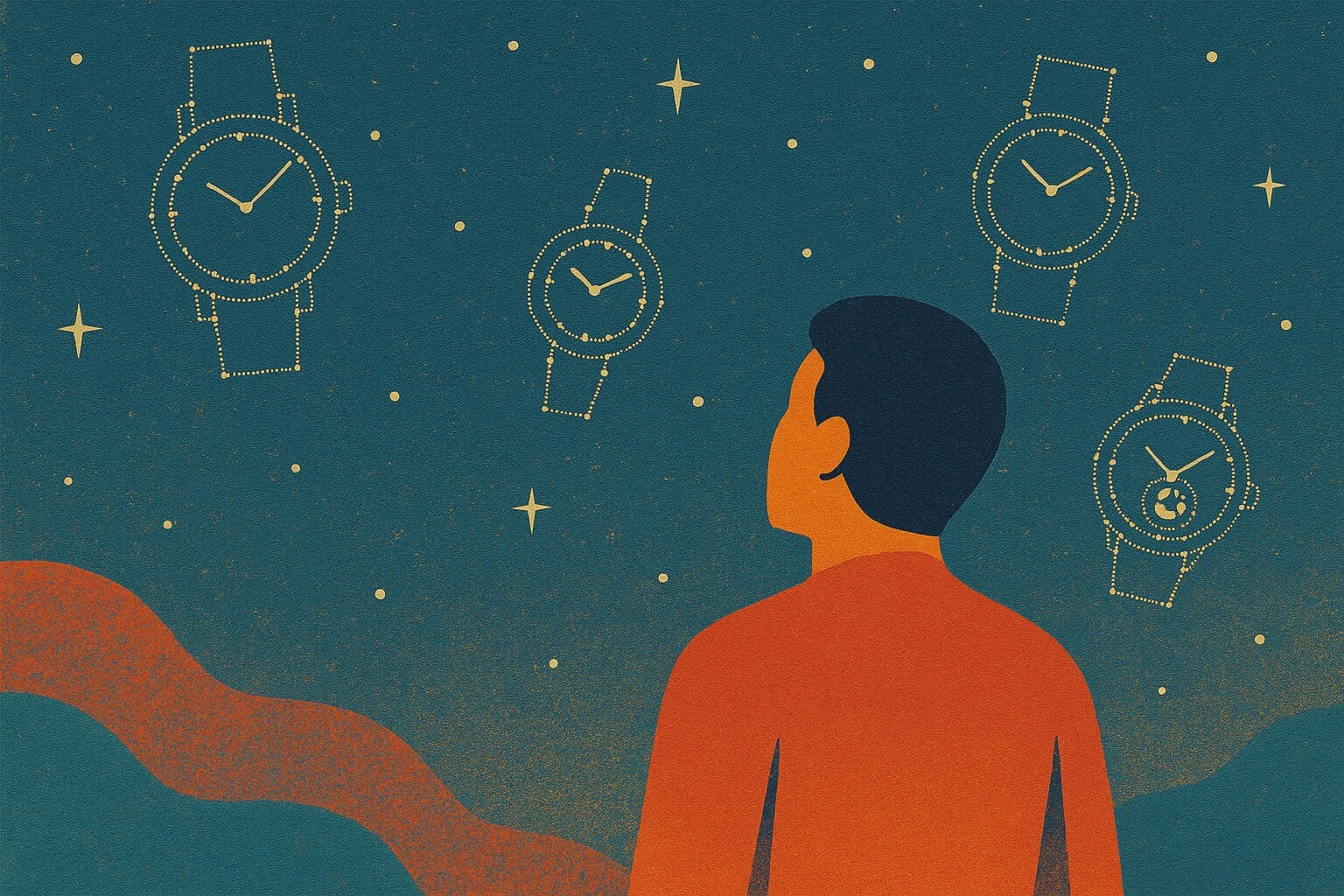I’m excited to share a project I’ve just released: open-gphg.netlify.app. It’s still very much a work in progress, so you may notice the occasional bug or data inconsistency; but the idea is simple: to make the history of the Grand Prix d’Horlogerie de Genève (GPHG) a little more educational, visual, and fun to explore.
Why this project
The GPHG has been rewarding watchmaking excellence since 2001, rewarding some of the most innovative and beautiful creations in the industry with awards. While the foundation makes official records available, I wanted to build an open, user-friendly dashboard that helps both enthusiasts and newcomers understand how brands have performed over the years.
The dashboard view highlights different achievements, giving context to how consistently a brand has participated, and how successful it has been once nominated. This balance of participation vs. recognition is what makes the results intriguing.
Scraping and normalizing GPHG data
Developing the dashboard meant gathering GPHG information from various sources, not just the official site but also earlier archives such as WorldTempus (covering 2001-2010), made accessible via versioning snapshots on archive.org. This multi-layered collection required careful data normalization: GPHG categories vary between years, names of brands and categories appear in French and English, and some watches are listed under joint collaborations. Manual corrections and cross-checks ensured better accuracy, though a few minor errors or inconsistencies may persist.
Some insights
Now, looking at the numbers reveals interesting stories:
- Audemars Piguet has been one of the most consistent participants, with an almost yearly presence since the inaugural event in 2001. With 70 watches nominated, the brand has won 16 prizes, making it a benchmark of GPHG participation.
- Van Cleef & Arpels and Piaget take 2nd and 3rd place, both standing out with 15 prizes from, respectively, 52 and 70 entries, a large hit ratio that highlights the brands' design excellence in categories like jewelry watches.
- Voutilainen, the celebrated independent, is perhaps the most impressive in relative terms: 11 prizes won from 24 nominations, meaning about 45% of its nominated pieces have been crowned winners.
- On the other end, some brands, despite their prestige, have never entered the competition.
Certain brands have consistently performed well at the GPHG. For instance, brands like Patek Philippe, Audemars Piguet, and Vacheron Constantin have secured multiple wins across different categories. Is this dominance a proof of their investment in innovation and craftsmanship?
A living platform
The website is not meant to be definitive; it’s a starting point. Right now, I’ve scraped and visualized data to better map this history, but there are a few quirks and errors that I’ll be smoothing out with time. The goal is for the platform to evolve into a more dynamic, playful tool for exploring watchmaking’s biggest awards, whether that’s through brand dashboards, prize ratios, or side-by-side comparisons.
Looking ahead
I believe watchmaking enthusiasts will find value in seeing patterns emerge from the data: which maisons are consistent, which independents shine above their weight, and how strategies for participation seem to evolve. GPHG is not only about celebrating craftsmanship, it’s also about understanding how creativity and recognition intersect in the watch industry.
Check out the project here: open-gphg.netlify.app.
Explore, enjoy, and feel free to share feedback—because, just like watchmaking, this is a work built on iteration and refinement.
Remember that Open GPHG is not an official site but a fan site of the GPHG Foundation. While I try my best to be precise, there may still be some discrepancies in the data. Should you notice any errors or wish to make suggestions, don't hesitate to reach out!



